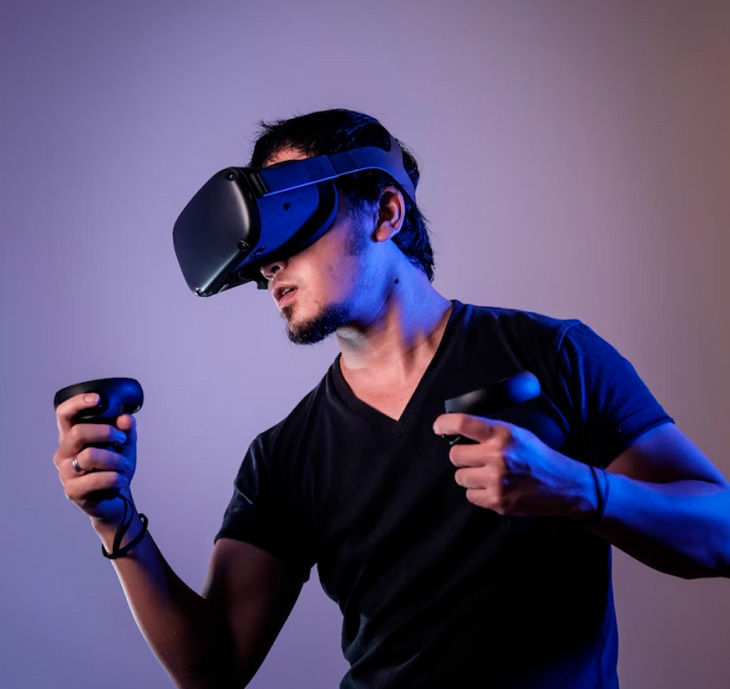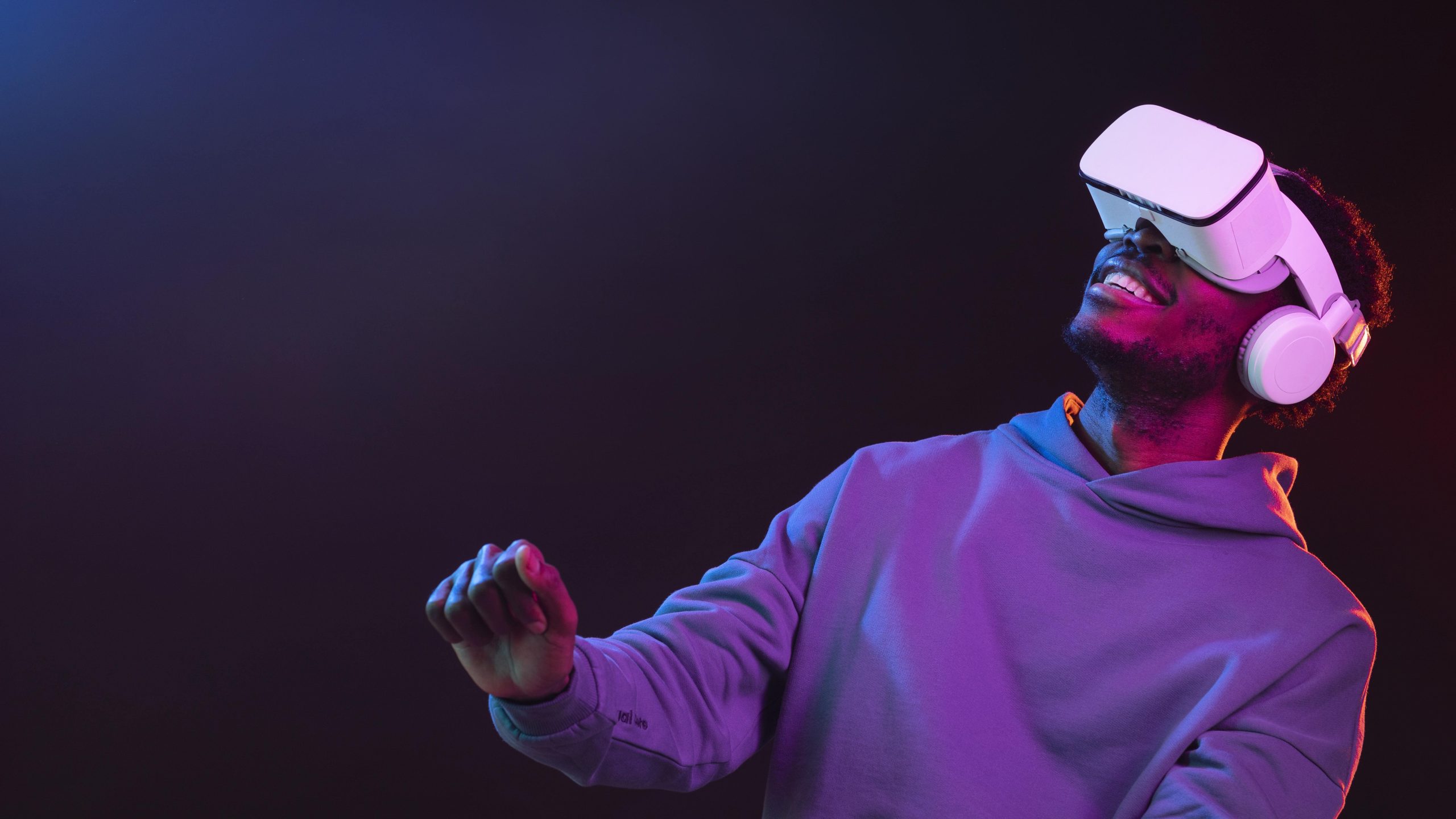Virtual reality (VR) has become a buzzword in recent years, promising to revolutionize the way we experience digital content and interact with the virtual world. But what exactly is virtual reality, and how does it work? In this comprehensive guide, we will explore the three types of virtual reality, examine the current applications of VR technology, and weigh its advantages and disadvantages.
What are the 3 types of virtual reality?
Virtual reality can be categorized into three main types, each offering a unique immersive experience:
1. Non-immersive VR (Desktop VR):
Non-immersive VR, also known as desktop VR, is the most basic form of virtual reality. It involves the use of a computer or a mobile device with a screen to simulate a digital environment. Users can interact with this environment using a keyboard, mouse, or touchscreen. While it offers a limited level of immersion, it is the most accessible form of VR, commonly used for gaming, simulations, and virtual tours.
2. Semi-immersive VR (Console VR):
Semi-immersive VR provides a more immersive experience than desktop VR but falls short of full immersion. It typically uses dedicated hardware, such as gaming consoles, VR headsets, and motion controllers. These systems offer a higher level of interactivity and realism, making them popular for gaming and training simulations. However, users are still aware of their physical surroundings to some extent.
3. Fully immersive VR (Room-scale VR):
Fully immersive VR, also known as room-scale VR, offers the most immersive experience possible. It relies on advanced hardware, including high-quality VR headsets, motion tracking sensors, and often a dedicated physical space. Users are completely immersed in a virtual environment, with the ability to move around and interact with objects as if they were in the real world. This level of immersion is ideal for applications like virtual meetings, architectural design, medical training, and more.
How is VR being used today?
Virtual reality has found a wide range of applications across various industries, showcasing its versatility and potential. Here are some of the prominent uses of VR technology today:
1. Gaming and entertainment:
One of the most well-known uses of VR is in the gaming industry. VR gaming offers players an unprecedented level of immersion, allowing them to step into virtual worlds and interact with them. Popular VR gaming platforms like Oculus Rift, PlayStation VR, and HTC Vive have gained a dedicated following.
2. Education and training:
VR is revolutionizing education and training by providing realistic simulations. Students can explore historical events, dissect virtual organisms, or practice complex medical procedures in a safe and controlled environment. It is also extensively used in flight and military training.
3. Healthcare:
Virtual reality is transforming healthcare by aiding in diagnosis, therapy, and rehabilitation. VR can be used to create calming environments for patients, assist in surgical planning, and provide exposure therapy for individuals with phobias or PTSD.
4. Architecture and design:
Architects and designers use VR to create immersive 3D models of buildings and spaces. This allows clients and stakeholders to virtually “walk through” designs before construction begins, reducing errors and improving communication.
5. Virtual tourism:
VR enables people to explore destinations around the world from the comfort of their homes. Virtual tourism experiences provide a taste of travel for those who may not have the opportunity to visit in person.
6. Social interaction:
VR is evolving as a platform for social interaction. Virtual reality chat rooms and events enable people to connect and socialize in a more immersive way, bridging geographical distances.
What is VR advantages and disadvantages?
Advantages of Virtual Reality:
1. Immersive Learning: VR provides a highly engaging and immersive learning experience, making complex subjects easier to understand and remember.
2. Realistic Simulations: It allows users to practice real-world scenarios without real-world risks, making it valuable for training in various industries.
3. Enhanced Creativity: VR can inspire creativity and innovation in fields like art, design, and architecture by offering new ways to create and interact with digital content.
4. Virtual Travel: Virtual tourism allows individuals to explore destinations and cultures they might not otherwise have the opportunity to experience.
5. Social Interaction: VR enhances social connections by enabling users to interact in a more natural and immersive way, even when physically apart.
Disadvantages of Virtual Reality:
1. Cost: High-quality VR equipment can be expensive, limiting access for some individuals and organizations.
2. Health Concerns: Prolonged use of VR can lead to motion sickness, eye strain, and other health issues.
3. Limited Content: While the library of VR content is growing, it is still relatively limited compared to traditional media.
4. Isolation: Excessive use of VR can lead to isolation from the real world, potentially affecting social relationships.
5. Technical Challenges: VR systems require regular maintenance and updates, and technical issues can disrupt the user experience.
Virtual reality is a technology that has come a long way and has the potential to transform various aspects of our lives. It offers different levels of immersion, from desktop VR to fully immersive room-scale VR, and is being used in gaming, education, healthcare, architecture, and more. While it brings many advantages, such as immersive learning and realistic simulations, it also comes with challenges like cost and health concerns. As VR technology continues to advance, we can expect even more innovative applications and solutions in the future.






